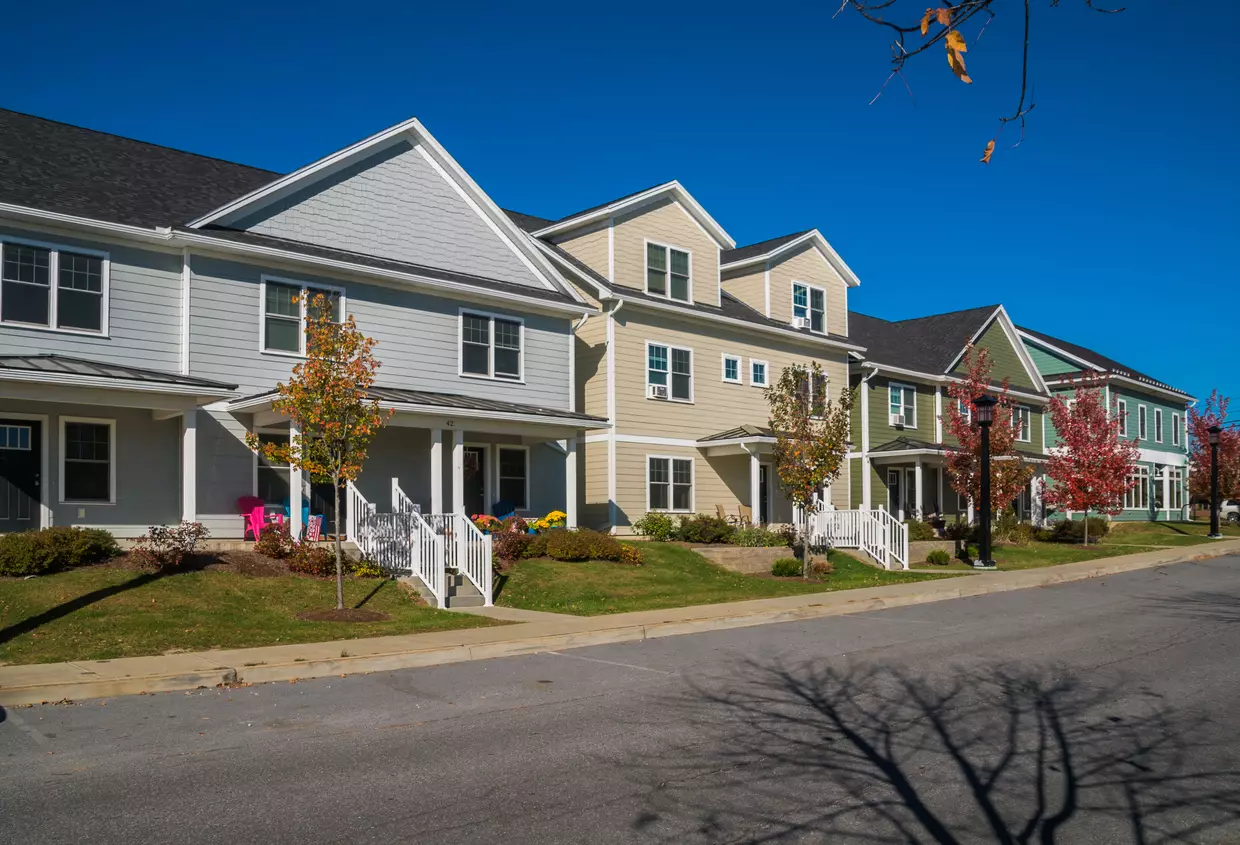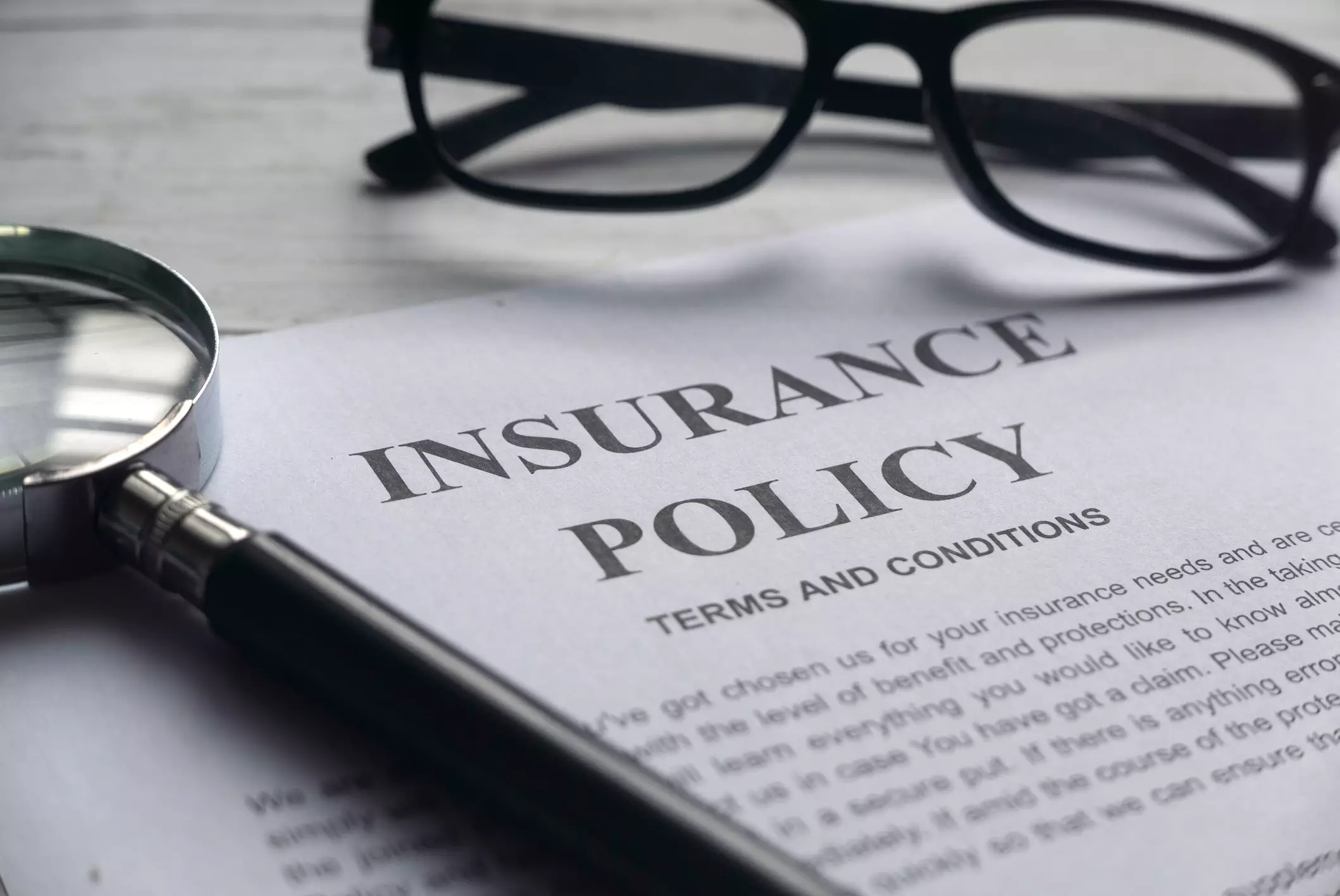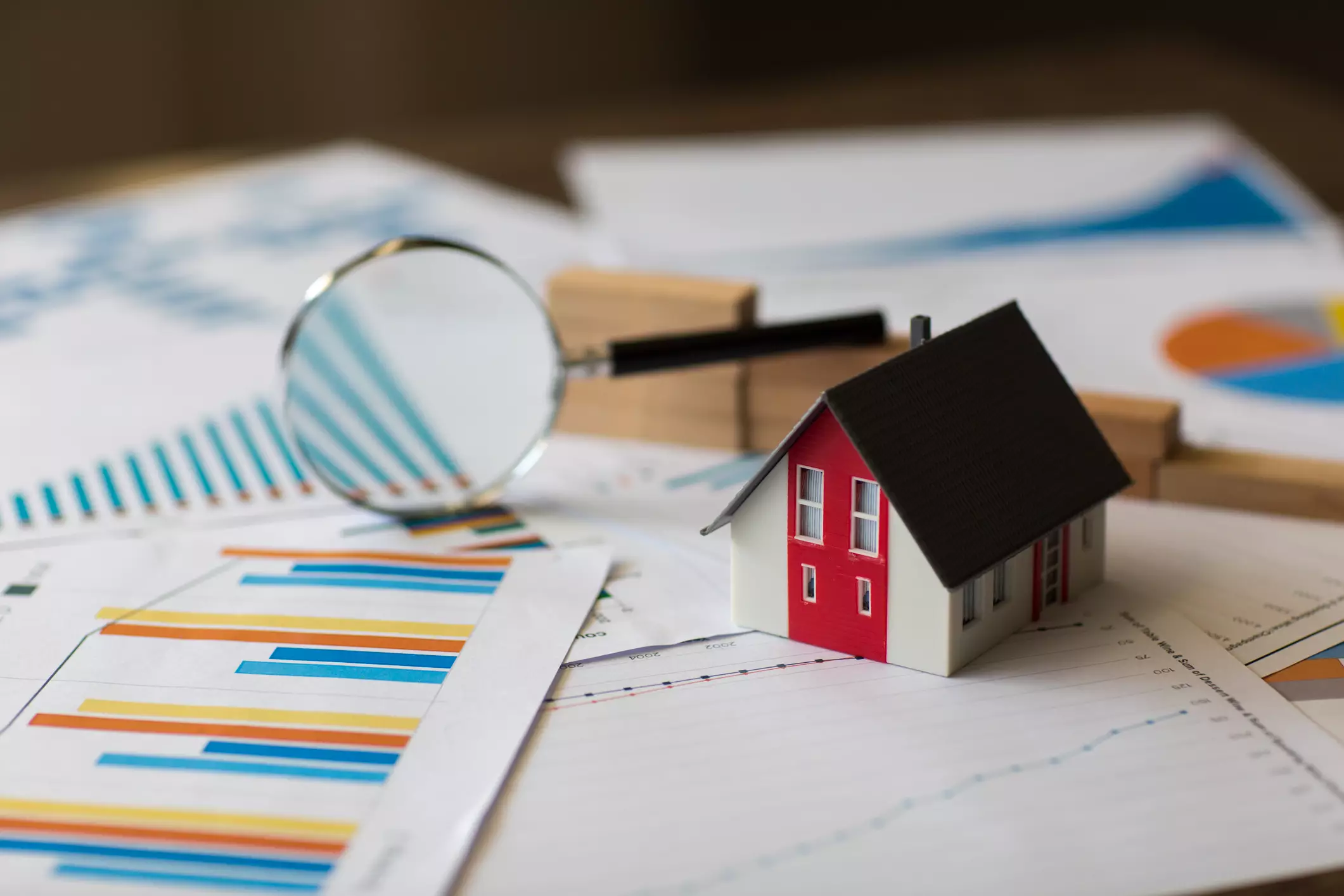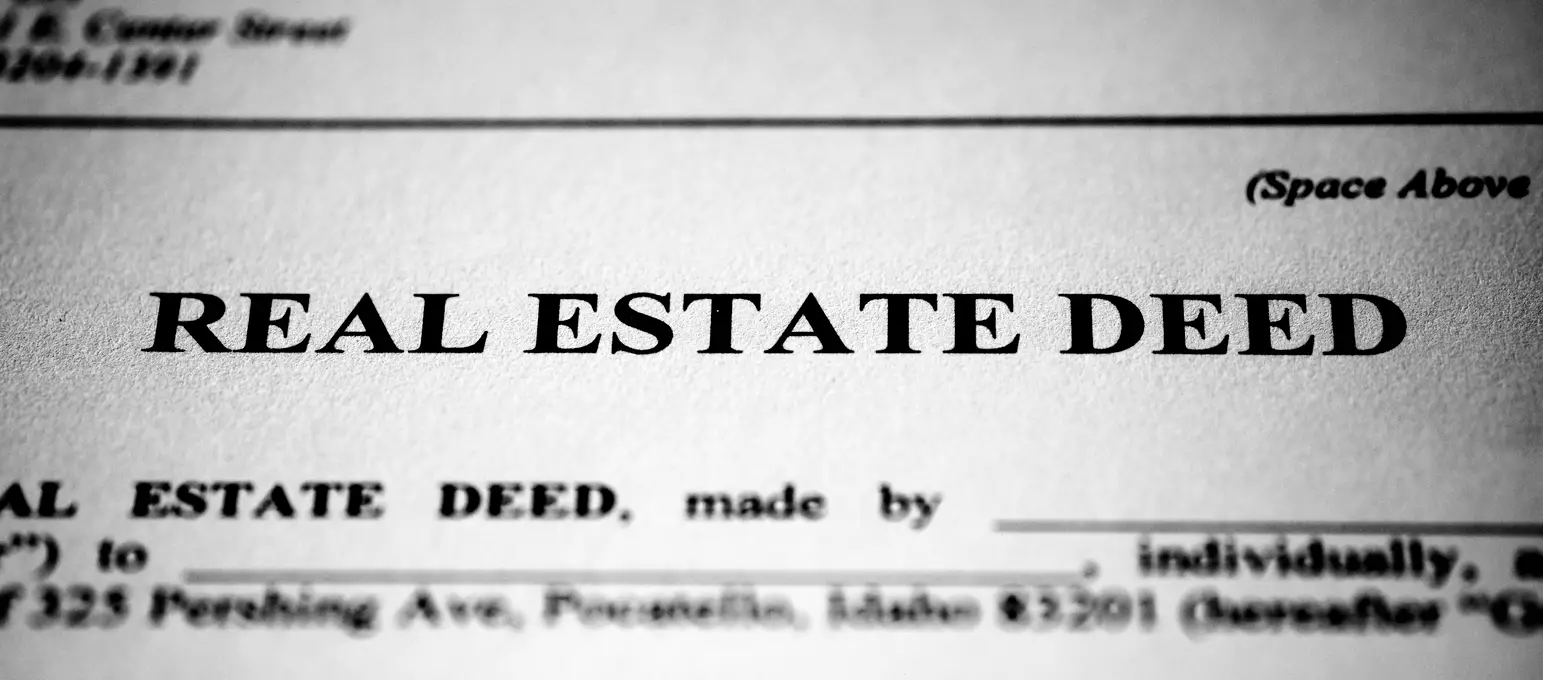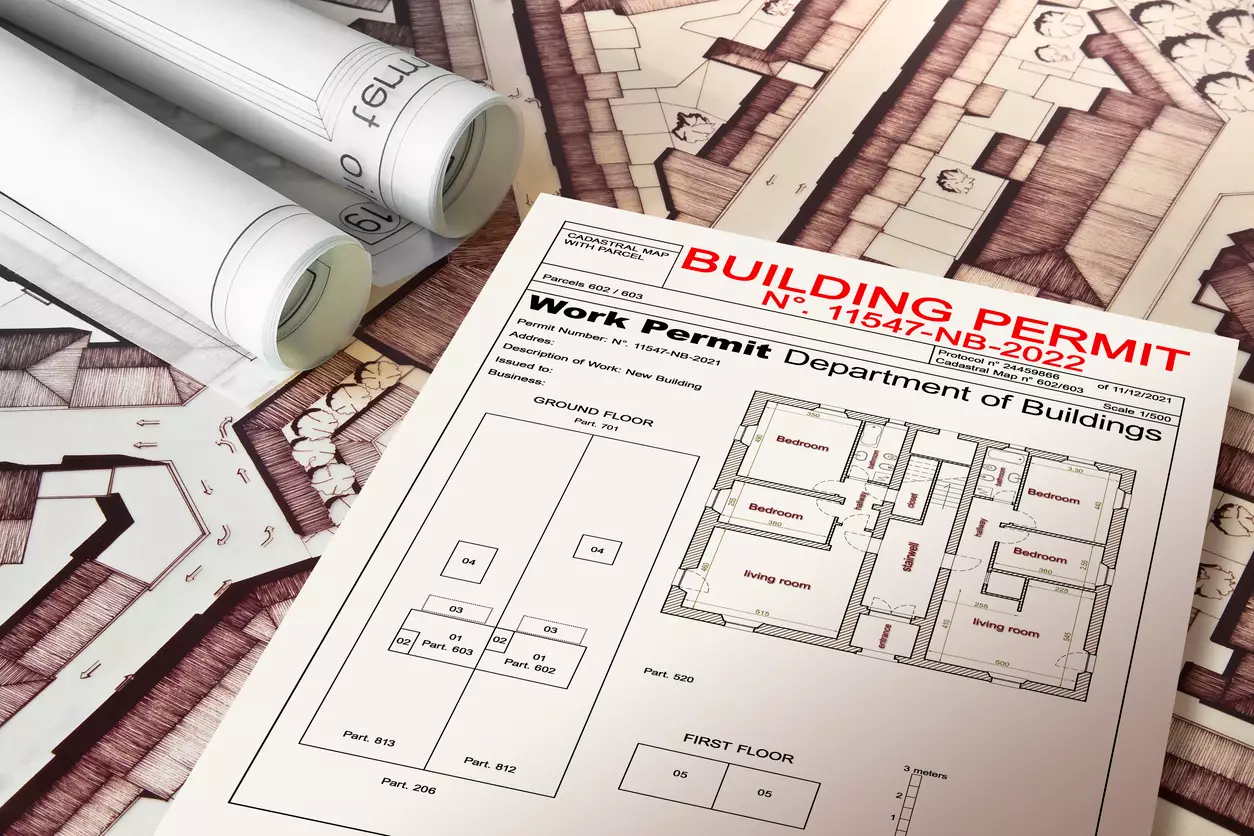Mortgage Rates Forecast For 2025 When Will Mortgage Rates Go Down

Table of Contents
- Mortgage Rates Forecast For 2025 When Will Mortgage Rates Go Down
- How Did Mortgage Rates Get So High? A Look at Key Factors
- Current Mortgage Rate Trends
- Mortgage Rates Forecast for 2025
- When Will Be the Best Time to Refinance in 2025?
- How to Shop for the Best Mortgage Rate
- Faster, Easier Mortgage Lending - What You Need to Know
With mortgage rates at historic highs, many are wondering when they’ll drop. Experts predict shifts in 2025, but how significant will they be? This guide breaks down forecasts, trends, and what buyers and homeowners should expect.
How Did Mortgage Rates Get So High? A Look at Key Factors
In September of last year, many economists believed that mortgage rates would drop at a slow but steady rate for the foreseeable future. Since that time, mortgage rates have remained higher than anticipated for many reasons. There are key economic, policy, and market forces that have resulted in mortgage rates either staying flat or increasing slightly. These factors include actions by the Federal Reserve, inflation, and supply-demand dynamics in the housing market.
Throughout most of 2024, mortgage rates on 30-year fixed loans were higher than 6%. Mortgage rates got so high in the first place because of the events that took place at the onset of COVID-19. In March 2020, the Federal Reserve reduced the Fed Funds rate to between 0% and 0.25% to ensure the housing market and economy didn't collapse. Over the next two years, buyers flooded the housing market to purchase homes at low interest rates.
In March 2022, the Federal Reserve decided to increase rates again to ensure inflation didn't jump too high. They would proceed to make 11 rate hikes between March 2022 and July 2023, which resulted in a fed funds rate of 5.25% to 5.50%. The first of three rate cuts occurred in September 2024. At the time, it was believed that these cuts would help mortgage rates drop significantly. There are, however, several reasons why the market is lagging in this regard.
Mortgage rates correlate closely with 10-year yields of Treasury bonds. These yields continue to be high because inflation hasn't eased that much. While the potential for strong economic growth can cause the 10-year Treasury yield to climb, the yield is currently elevated by uncertainty in the economy and the effects of tariffs.
The law of supply and demand in the housing market has also impacted mortgage rates. Even though these rates have increased significantly over the past two years, buyer demand remains high. A high demand for mortgage loans has kept rates from dropping, and the market also has a limited supply of homes at the moment.
Current Mortgage Rate Trends
Since December 2024, the Federal Reserve has met twice. During both meetings, they announced that the Fed Funds rate wouldn't change. The current target range for this rate is 4.25% to 4.5%. Since the federal funds rate hasn't changed, most lenders aren't altering the interest rates they offer with their mortgage loans.
The national average rate on a 30-year fixed mortgage is currently 6.70%, which is a small drop from 6.93% in the middle of February. Since the end of October, interest rates have oscillated between 6.69% and 7.11%. Until the Federal Reserve makes additional rate cuts, you should expect mortgage rates to remain steady.
However, national interest rates have dropped from a high of 7.11% on January 19 to 6.70% on March 16, which means that small movements in either direction could occur in the coming months. The Federal Reserve meets again at the end of April. If a rate cut finally occurs at this meeting, mortgage rates could drop somewhat throughout the rest of 2025.
Mortgage Rates Forecast for 2025
If you're wondering when mortgage rates will go down, you can expect at least one additional cut throughout 2025. Investors' and economists' uncertainty also plays a role in keeping mortgage rates elevated. If this uncertainty dissipates in the coming months, the changes could be more substantial.
Even though mortgage rates have remained consistently high in recent months, they should slowly drop over the coming year, which will make it easier for you to invest in real estate. Keep in mind that several of the major housing authorities have made predictions on what will happen to mortgage rates in Q1 and by the end of 2025.
For example, the National Association of Realtors believes that the 30-year fixed interest rate will settle at around 6.5% for Q1. They also predict that the average mortgage rate at the end of 2025 will be around 6%.
To understand how much savings this should lead to, let's say that you buy a $400,000 home with a 6.70% interest rate. If you make a down payment of $80,000, you'll receive a $320,000 loan. With an interest rate of 6.70%, you'll pay around $423,000 in interest over 30 years, which amounts to total mortgage payments of just over $743,000.
If you receive an interest rate of just 6%, you'll pay around $370,000 in interest over 30 years. In this scenario, your total mortgage payments will amount to $690,000. Some additional Q1 forecasts are listed below:
- Wells Fargo: 7.1%
- National Association of Home Builders: 6.53%
- Mortgage Bankers Association: 6.90%
- Fannie Mae: 6.90%
If you're thinking that you should wait for mortgage rates to fall, this might not be the best strategy. The main question you should ask yourself is if you're financially prepared to own a home. Will you be able to make the monthly mortgage payments and HOA dues on time?
It's not a great idea to attempt to time the housing market. Even though the Federal Reserve is expected to cut rates two more times by the end of 2025, their previous forecast involved four rate cuts. You can't be certain about what's going to happen to the market. Depending on the state of the economy, interest rates might even increase. There's also a chance that a drop in mortgage rates will lead to a spike in home values, which will make it more expensive for you to buy a property.
When Will Be the Best Time to Refinance in 2025?
Refinancing is a great way to lower your monthly mortgage payments and gain access to the equity you've built up over the years. If you're considering refinancing your current mortgage loan, you should first assess your reasoning. For example, do you already have a good rate? If your interest rate is below 6%, it may be best for you to wait to refinance.
If, however, you have a high rate, now might be the perfect time to refinance. As mentioned previously, it's difficult to predict if mortgage rates will rise or fall. Even if they drop in the coming months, they'll likely do so slowly. It's recommended to refinance your mortgage loan if your new interest rate will be around 1% lower than your previous one.
If the new rate is in the ballpark of 0.25% to 0.50% lower, estimate the closing costs you'll need to pay to refinance your mortgage. There are a few things you can do to reduce your refinance rate. For example, ask your lender if they have any options for reducing closing costs. Consider buying discount points to permanently lower the loan's interest rate by increments of 0.25%.
How to Shop for the Best Mortgage Rate
Once you evaluate your financial situation, you can start shopping for the best mortgage rate. Keep in mind that mortgage rates change constantly. Once you find a good rate, consider locking it in. After you receive approval for a loan, you can lock in the interest rate for a period of 30 or 60 days.
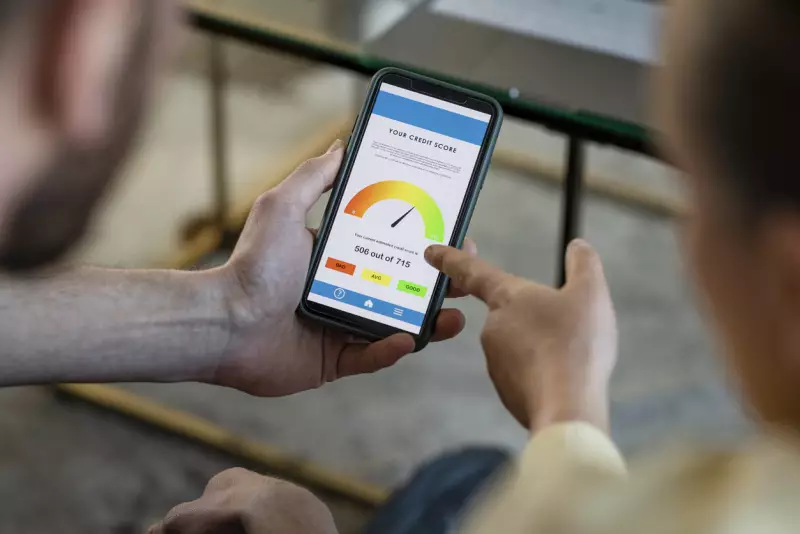
Make sure you check your credit score and history as well. Lenders evaluate creditworthiness when setting interest rates. If you have a high credit score, you may qualify for a lower rate. If the average interest rate for a borrower with a credit score of 660 is 7.61%, it could be as low as 7.07% with a score of 800. Review your credit history as well. If you find any errors, dispute them with the right credit bureau to ensure your score isn't negatively impacted.
Before you apply for a mortgage, remember that interest rates are invariably lower for 15-year loans than 30-year ones. However, your monthly mortgage payments will be significantly higher since you'll need to repay the entire loan in a shorter period.
To secure the best deal for a home loan, shop around. Compare three or more lenders to find the deal that's right for you. According to Fannie Mae, borrowers can save thousands of dollars on their mortgage loans just by obtaining multiple quotes.
Faster, Easier Mortgage Lending - What You Need to Know
The mortgage lending industry constantly benefits from technological advancements. In recent years, new mortgage lending technologies and processes have simplified and accelerated the loan approval process for buyers and refinancers. For example, many borrowers now sign their loan documents with e-signatures, which expedites the closing process.
Lenders are also using automated underwriting tools with AI capabilities to analyze documents and assess a borrower's risk efficiently. This technology has already streamlined the underwriting process. If these tools experience additional refinements, mortgage lending should improve even further
Search Property & Deed Records
Table of Contents
- Mortgage Rates Forecast For 2025 When Will Mortgage Rates Go Down
- How Did Mortgage Rates Get So High? A Look at Key Factors
- Current Mortgage Rate Trends
- Mortgage Rates Forecast for 2025
- When Will Be the Best Time to Refinance in 2025?
- How to Shop for the Best Mortgage Rate
- Faster, Easier Mortgage Lending - What You Need to Know
Related Articles
Recent Articles
-
![]() Best Real Estate Markets to Invest in 2025 for Maximum Returns
Best Real Estate Markets to Invest in 2025 for Maximum Returns
-
![]() What Is Appraised Value and What Does a Property Appraiser Do?
What Is Appraised Value and What Does a Property Appraiser Do?
-
![]() What Is a Property Deed Transfer and How Does It Work
What Is a Property Deed Transfer and How Does It Work
-
![]() Everything You Need to Know About Building Permits in Florida
Everything You Need to Know About Building Permits in Florida
-
![]() Everything You Need to Know About Commercial Property Insurance
Everything You Need to Know About Commercial Property Insurance

